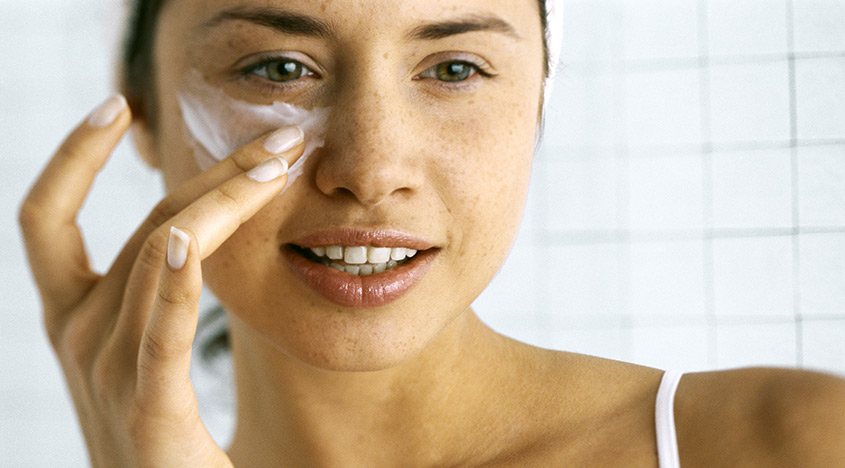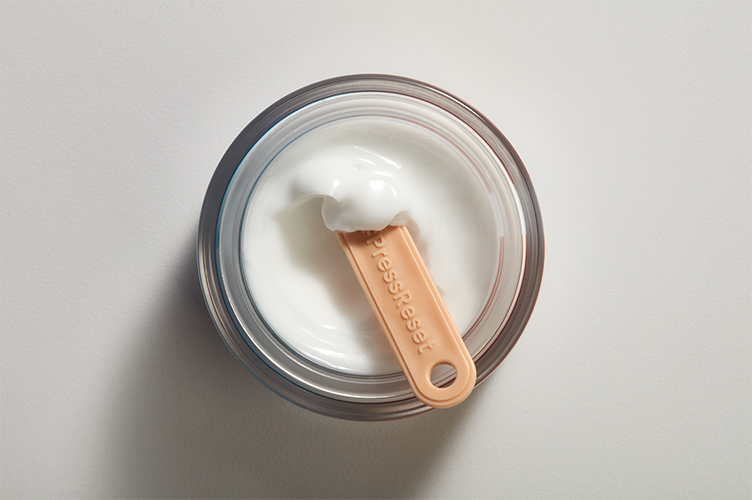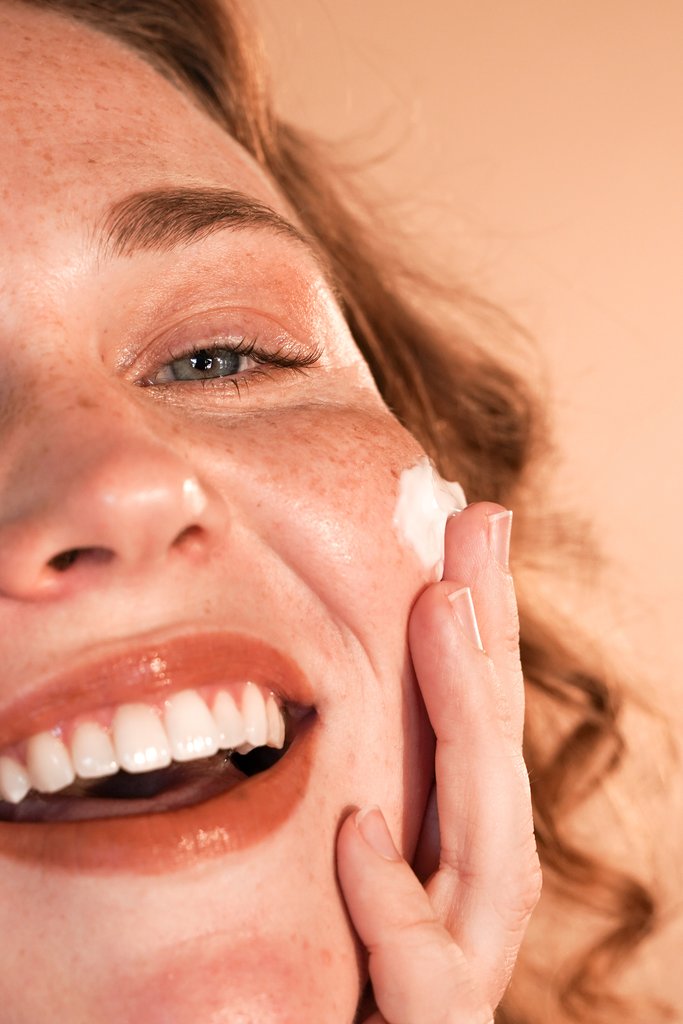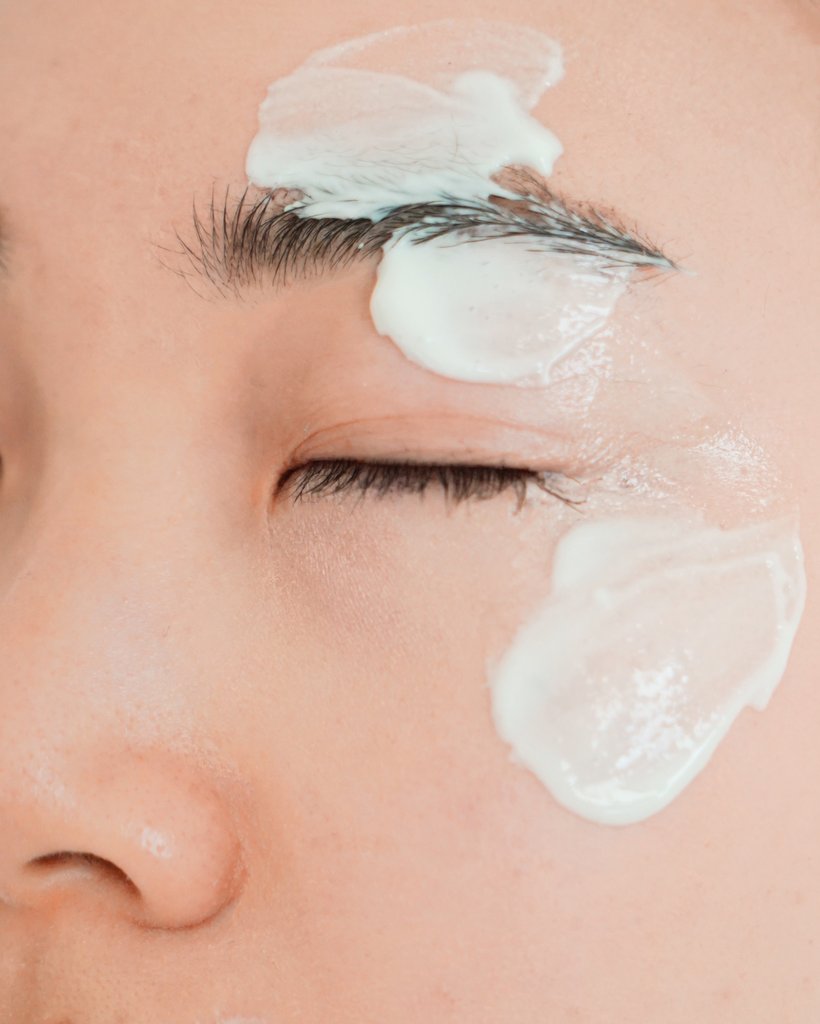Have you ever noticed that no matter how complex your skincare routine is, you simply can’t fix that oily skin that feels really tight at the same time? Or how your breakouts and inflammation simply won’t calm down despite trying out the best chemical exfoliators and creams on the market? Or perhaps one day you found that some of your tried and true skincare products are now suddenly causing your skin to react negatively.
If you’ve tried pretty much everything under the sun and your skin is still freaking out, chances are – you have a damaged skin barrier. Thankfully, all hope is not lost, and you can easily nurse your damaged skin back to health. All it takes is some willpower, a bit of knowledge, and a whole lot of patience.
Skin barrier and how it works
 Your skin barrier is the outermost protective layer of the epidermis, also known as the acid mantle. It works like a shield for your skin, protecting it from harsh elements and irritants, while holding in moisture to prevent your skin from dehydration.
Your skin barrier is the outermost protective layer of the epidermis, also known as the acid mantle. It works like a shield for your skin, protecting it from harsh elements and irritants, while holding in moisture to prevent your skin from dehydration.
A damaged skin barrier can lead to the skin issues you usually face, such as blemishes, redness, dryness or dehydration, oiliness, and even increased sensitivity. This is usually caused by unhealthy skin habits such as over-washing, using harsh products or highly alkaline cleansers, strong acne medication, over-exfoliating, and overloading your skin with products you probably don’t even need. Other factors that can weaken your skin barrier include stress, hormonal changes, UV damage, and pollution.
Keep it simple

As painful as it is, now is the time to step far away from your plethora of skincare products. Meaning no toners, no actives, no exfoliants, no multitaskers – you get the gist. Your skin has been beaten into an extremely fragile state and left with little to no time to repair itself. The worst thing you can do now is pile on more products and ingredients that will exacerbate the situation.
Instead, press reset on your skin and strip your routine down to the strictest essentials. A very mild, non-stripping cleanser, a gentle cleansing oil or balm if you need to wear makeup (though skipping it altogether would be much more beneficial), a moisturiser, and a mineral sunscreen.
During these period, make sure your skincare products don’t contain any potential irritants or drying elements that could further weaken your already vulnerable skin. These include ingredients such as vitamin C, chemical exfoliants (BHA, AHA, PHA, lactic acid), fragrance, chemical UV absorbers, and essential oils. You’ll also need to make sure your cleanser is a low-foaming, mild cleanser with a slightly acidic pH level such as a cream or gel cleanser, so you don’t end up drying your skin out from the very first step.
Just remember, if your skin barrier is compromised, it means your skin’s permeability has increased. This means that irritants that your barrier could once block out are actually coming into the skin much easier, which can result in inflammation, change in skin texture, and a myriad of skin issues.
What to use?

The only ‘treatment’ you will really be using in your skincare routine is your moisturiser. Since a damaged skin barrier can lead to both dryness and oiliness, you’ll want to look for a moisturiser that’s lightweight to hydrate your skin, emollient enough to nourish the outer layers, and can act as an occlusive barrier to protect your skin from transepidermal water loss (TEWL).
Your best bet would be gel-cream moisturisers, lightweight dry plant oils, or emulsions. The simpler the formula, the better, such as Krave Beauty’s Oat So Simple Water Cream, the Laneige Cream Skin Refiner, or another gem from Krave Beauty – the Great Barrier Relief serum, which can also double as a moisturiser.
The ingredients you’ll need to look out for should have highly moisturising and reparative properties, while still being gentle to the skin. Some ingredients can even work to rebuild your skin barrier, such as ceramides, free fatty acids, niacinamide (vitamin B3), cholesterol, or phytosterol. If you suffer from excess sebum production, you’ll need to make sure you choose products with the right ratios, as these ingredients can feel quite oily on the skin.
Other ingredients or nutrients to look out for should also soothe and hydrate the skin. Panthenol (vitamin B5), aloe vera extract, green tea or white tea leaf extract, hyaluronic acid, azulene, and oatmeal can help replenish your skin’s moisture, enrich it with antioxidants, while improving the skin barrier function.
How long will it take?

This depends on how damaged your skin barrier is and the specific skin issues that you’re facing. It can take anywhere between 2 weeks to an entire month or more to repair your skin’s natural barrier function. You’ll be able to tell when your skin is healed; inflammation will be decreased, there’ll be a reduction in skin sensitivity, oiliness, dryness, dehydration, and reactivity. If you’re able to slowly introduce one new product (such as a gentle chemical exfoliant or moisturising toner), your skin won’t react negatively to it.
When your skin is freaking out, it’s easy to panic and resort to lathering your skin with every kind of product imaginable – but even overloading your skin with too many gentle or reparative products can stress out your skin further. The best thing you can do for it now is to go back to basics, and allow your already intelligent skin to heal itself naturally.







